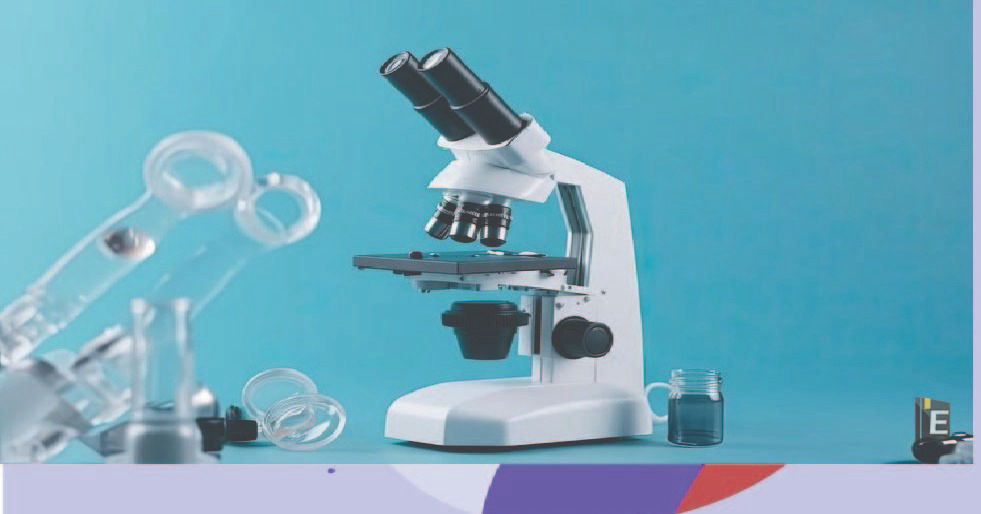Chemistry GK Questions and Answers for Competitive Exams

The gas which is used in the formation of vegetation is?
(A) Oxygen
(B) Hydrogen
(C) Nitrogen
(D) Helium
Correct Answer : B
Which of the following substances is a supercooled liquid?
(A) Wood
(B) Glass
(C) Ice cream
(D) Ammonia
Correct Answer : B
Phosphorus is abundantly found in?
(A) Vitamin
(B) Protein
(C) Fat
(D) None of these
Correct Answer : B
How are the oxides of non-metals usually present?
(A) Acidic
(B) Indifferent
(C) Alkaline
(D) None of these
Correct Answer : C
What is the anti-particle of electrons?
(A) Positron
(B) Proton
(C) Alpha-Particle
(D) Beta-Patakal
Correct Answer : A
Explanation :
The positron is the antiparticle to the electron. The positron has the same rest mass (m0) as the electron but opposite charge, one positive elementary charge. In condensed matter, each positron annihilates with an electron yielding γ-rays in a very short time (10−10–10−9 s).
Chemistry GK Questions and Answers
Q :
What is the anti-particle of electrons?
(A) Positron
(B) Proton
(C) Alpha-Particle
(D) Beta-Patakal
Correct Answer : A
Explanation :
The positron is the antiparticle to the electron. The positron has the same rest mass (m0) as the electron but opposite charge, one positive elementary charge. In condensed matter, each positron annihilates with an electron yielding γ-rays in a very short time (10−10–10−9 s).
Which of the following products are formed during anaerobic respiration in yeast?
(A) Acetic acid + energy
(B) Lactic acid + carbon dioxide + energy
(C) Ethanol + carbon dioxide + energy
(D) Lactic acid + energy
Correct Answer : C
Explanation :
1. Yeast breaks down glucose, producing ethanol and carbon dioxide and energy.
2. Yeast reacts anaerobically.
In the presence of sunlight, plants prepare their food (glucose) with CO2 and water. What is this reaction?
(A) Displacement
(B) Disintegration
(C) Photochemical
(D) precipitation
Correct Answer : C
Explanation :
Photochemical is the process by which plants use sunlight, water, and carbon dioxide to create oxygen and energy in the form of sugar.
Which of the following elements is NOT a component of baking soda?
(A) Hydrogen
(B) Calcium
(C) Sodium
(D) Oxygen
Correct Answer : D
Explanation :
1. Which of the following calcium elements is not a component of baking soda?
2. The chemical formula of baking soda is NaHCO3, which is composed of four elements sodium, hydrogen, carbon and oxygen.
3. Baking soda is an alkaline substance used as a leavening agent in baking.
Which law was studied in the year 1787, in which it was said that the volume of a gas increases with its absolute temperature and if its absolute temperature decreases, then its volume will decrease?
(A) Boyle’s law
(B) Dalton’s law
(C) Avogadro’s law
(D) Charles's law
Correct Answer : D
Explanation :
1. Charles's law (also known as volume law) is an experimental gas law.
2. The volume of a gas increases with its absolute temperature and as its absolute temperature decreases its volume also decreases.
3. Charles's law was studied in the year 1787.



